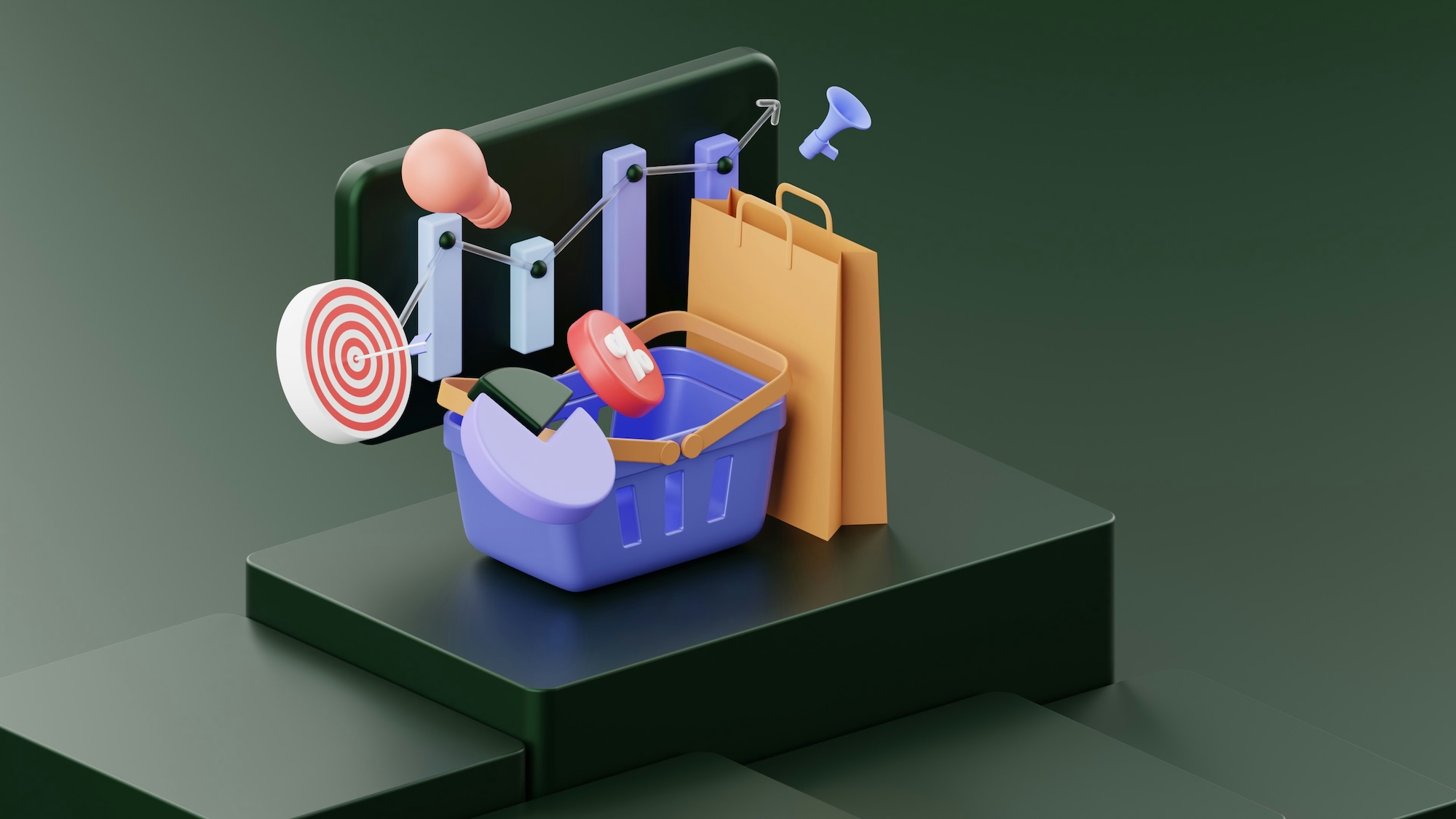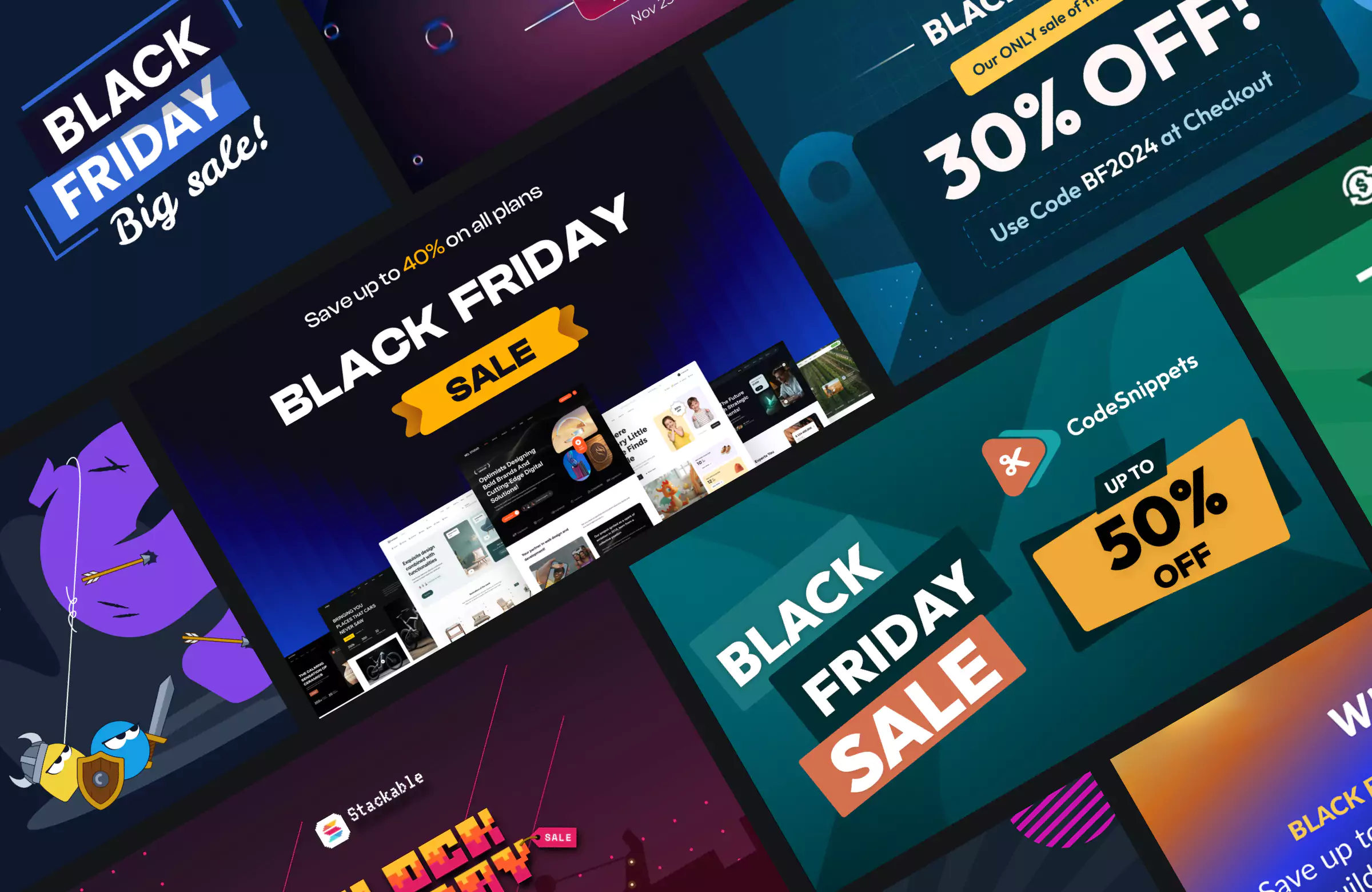When it comes to running an online store, WooCommerce remains one of the most popular and flexible eCommerce platforms.
One of WooCommerce’s most powerful yet often underutilized features is product attributes. For those unfamiliar, attributes define the key characteristics of your products, such as size, color, material, or storage capacity.
For store owners, attributes aren’t just a way to organize inventory. They also influence user experience, SEO visibility, and conversions. A well-structured attribute system makes your catalog easier to navigate, improves search rankings, and helps customers quickly find the exact product variation they want.
In this guide, we’ll break down everything you need to know about WooCommerce product attributes. We’ll also show you how to go beyond WooCommerce’s default dropdowns by enhancing your store with Blocksy’s Variation Swatches.
What Are WooCommerce Product Attributes?
In WooCommerce, product attributes are custom details that describe and differentiate your products. Think of them as key characteristics, like size, color, material, weight, or storage capacity, that give customers the information they need to make a choice.
Attributes are different from product variations.
Attributes define the options, for example, Small, Medium, Large, while variations turn those options into purchasable products, such as “Large Red T-Shirt” with its own price and stock.
They’re also distinct from custom fields, which store additional product data but aren’t meant for filtering or creating variations.
You’ll often encounter attributes across your store in product pages where shoppers select options, in shop filters that narrow down results, or in layered navigation menus that make browsing faster.
Features of WooCommerce Product Attributes
WooCommerce product attributes come with flexible features that help organize products, improve navigation, and create a seamless shopping experience.
Global vs. Custom Attributes
WooCommerce websites support two attribute types: global and custom.
Global attributes are created in the dashboard and reused across products, ensuring consistency and enabling filters. For example, a universal “Size” with Small, Medium, and Large for apparel or accessories.
Custom attributes are added directly to individual product pages, ideal for unique details like a one-time “Material” type.
Combining both gives store owners consistency where needed while keeping flexibility for product-specific information.
Taxonomy Integration
In WooCommerce, attributes act like taxonomies, similar to categories or tags.
When you create a global attribute such as “Color” or “Brand,” WooCommerce can generate a taxonomy that groups products under those terms. This structure supports layered navigation, enabling shoppers to filter items by values like “Black” or “Leather”.
Beyond smoother product discovery, taxonomies streamline catalog management and boost SEO by creating indexable URLs that help products rank in targeted search results.
Support for Variable Products
One of the most powerful uses of attributes in WooCommerce is creating variable products. Attributes act as the foundation for variations, allowing you to generate different purchasable options under a single product listing.
For instance, a T-shirt that has multiple size options like Small, Medium, Large, as well as colors like Red, Blue, Green, can be combined to create multiple variations, each with its own SKU, price, and stock status.
Display Options
WooCommerce shows product attributes as dropdown menus by default. While functional, dropdowns aren’t always user-friendly, especially for visual attributes like color, material, or size. Shoppers often prefer clickable, visual options over scrolling lists. To improve usability, many store owners use themes or plugins that add swatches, buttons, or image selectors. These upgrades transform attributes into interactive elements, making product choices clearer, presentation stronger, and the overall shopping experience faster and more engaging.
Common Use Cases and Practical Examples
Product attributes are versatile and adapt to almost any industry. Let’s look at some examples:
Fashion Retail (Size, Color)
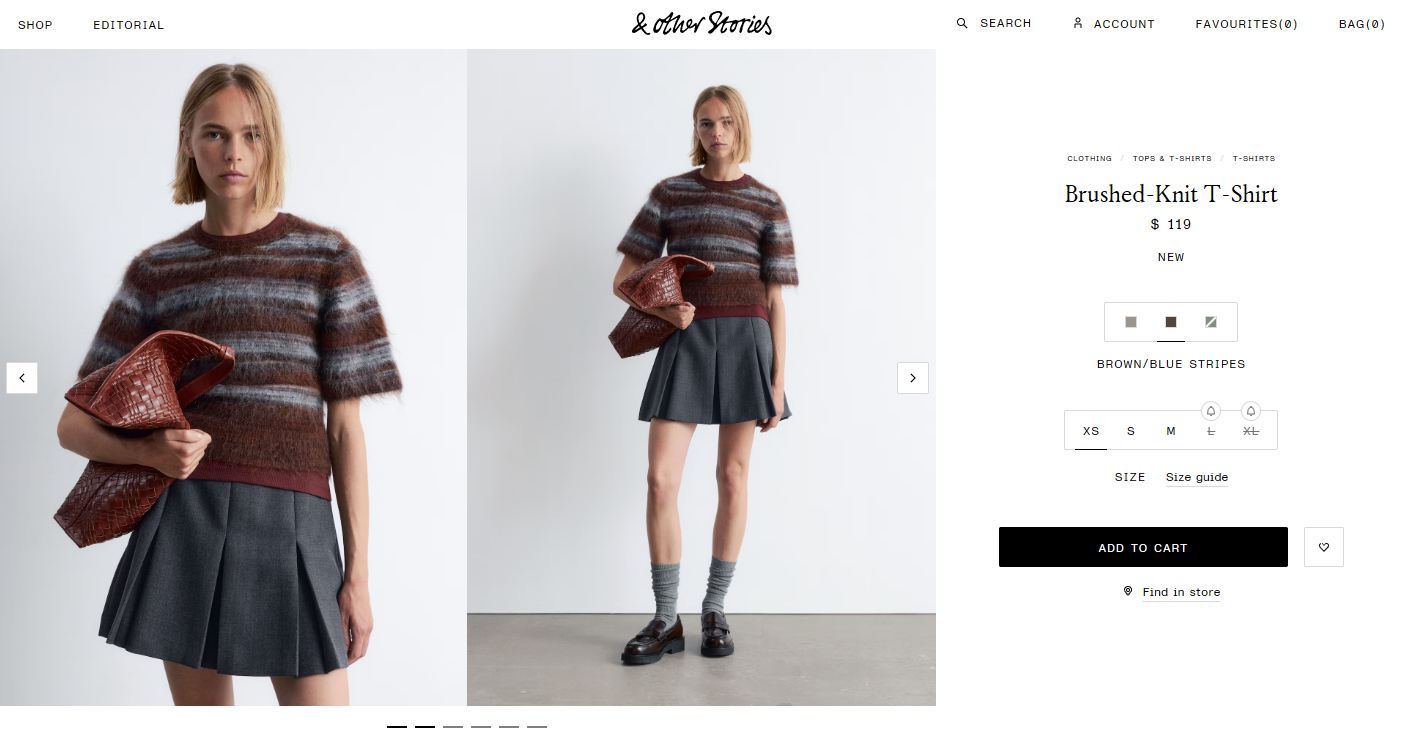
Clothing items almost always require size and color options, making attributes essential for managing variations.
Instead of listing every item separately, attributes allow you to combine them into a single product page. For example, a T-shirt available in Small, Medium, and Large, with colors like Red, Blue, or Black.
Pairing these attributes with variation swatches creates an even smoother experience, letting shoppers see colors or click size buttons rather than using dropdown menus.
Electronics (Storage Capacity, RAM, Color)
Product attributes are critical for organizing technical specifications and giving buyers clear choices. Smartphones, laptops, and tablets often come in multiple storage capacities, different RAM sizes, and a variety of colors.
WooCommerce attributes let you manage all variations within a single product. Customers can compare specifications side by side and choose the exact configuration that suits their needs.
Home Decor and Furniture (Material, Dimensions)
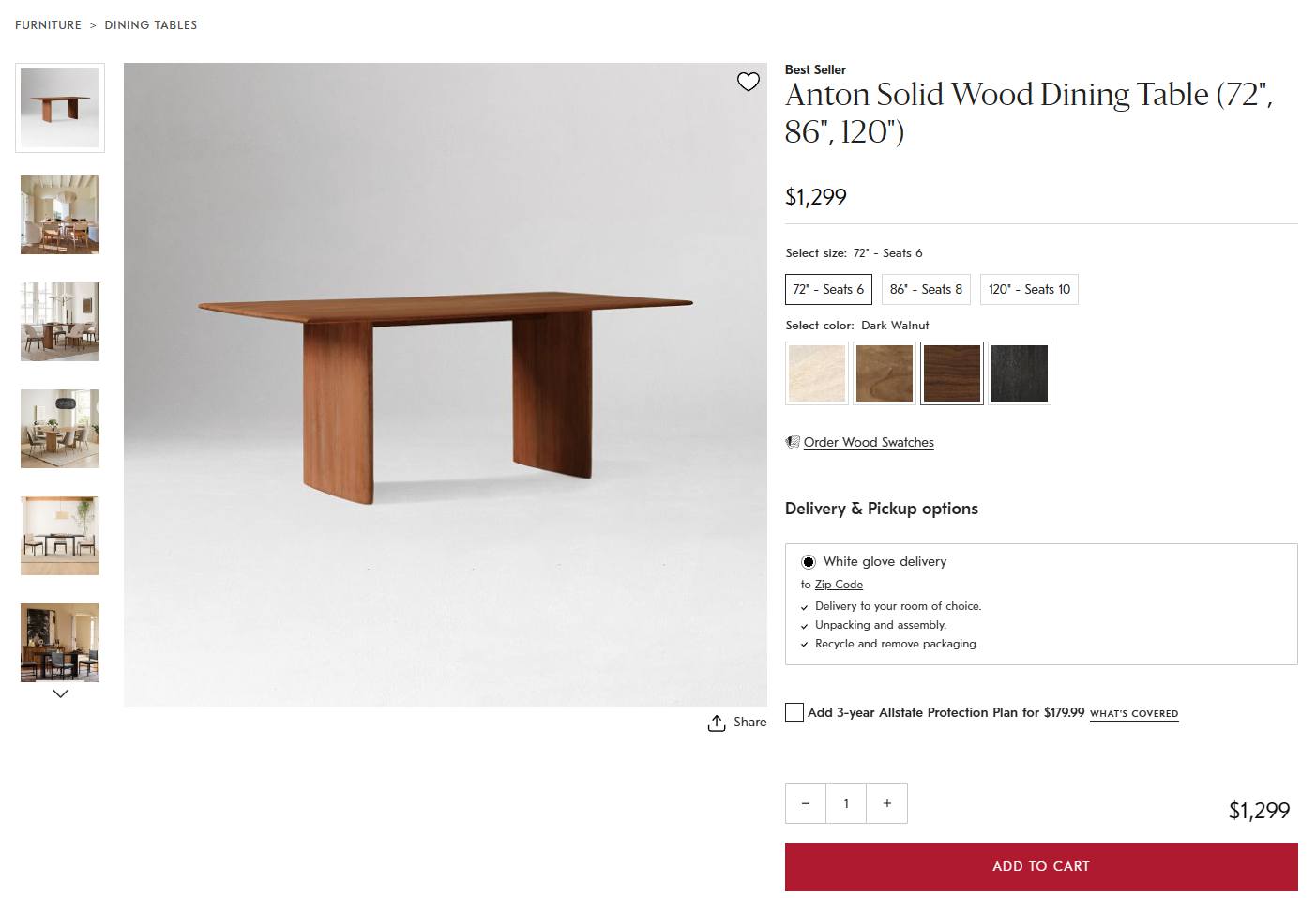
Home decor products often vary by material and dimensions.
For example, a dining table might be available in oak, walnut, or pine finishes, with sizes ranging from small two-seaters to large family-sized options.
With swatches or button-style selectors, customers can visually compare materials or dimensions, helping them make confident decisions about items that need to fit both style and space.
Food and Beverage (Flavors, Pack Sizes)
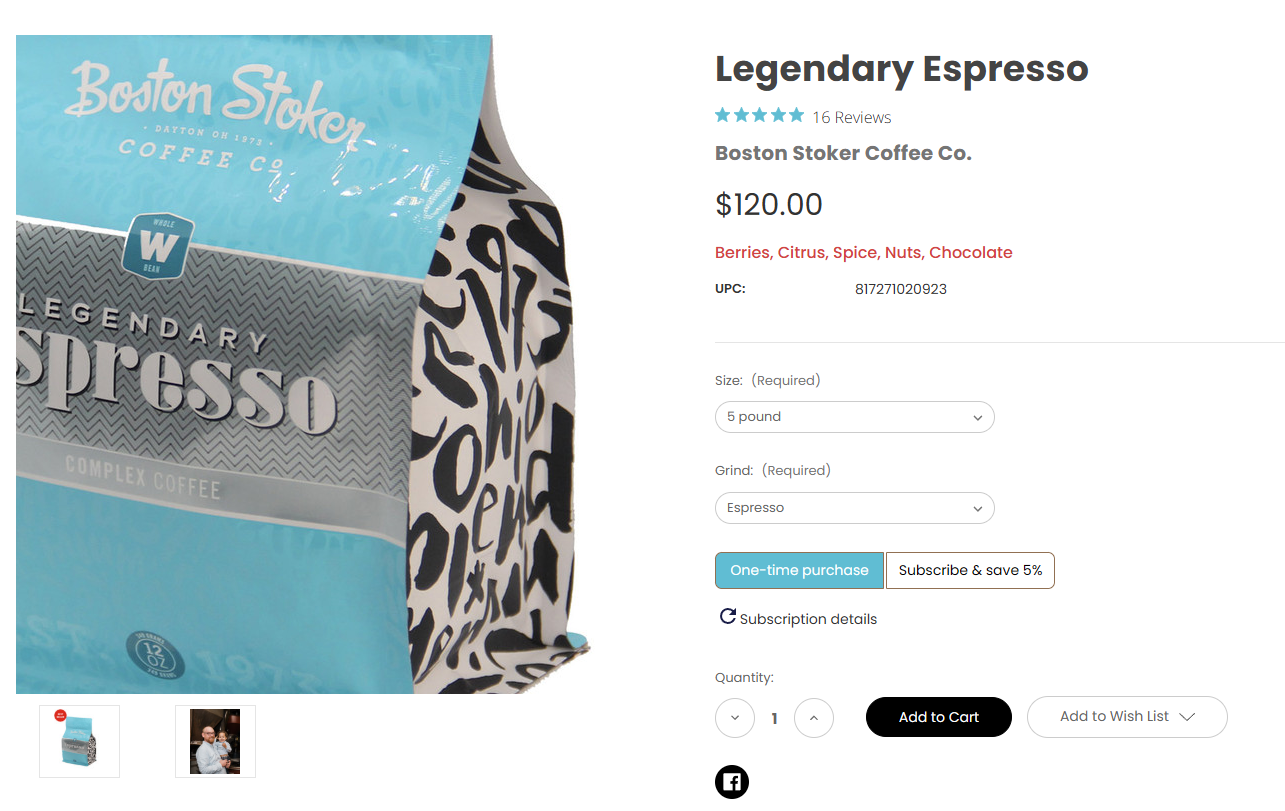
In the food and beverage industry, product attributes are essential for managing flavors and pack sizes. A coffee brand, for instance, might offer beans in flavors like Espresso, Hazelnut, or Mocha, with pack sizes ranging from 250g to 1kg.
Digital Products (License Types, Versions)
For digital products, attributes are just as valuable as for physical goods. Software, plugins, or digital tools often come in different license types and versions. Instead of creating multiple listings, WooCommerce attributes let you display these options within one product page, making the purchase process cleaner and more straightforward.
How to Create and Use Attributes in WooCommerce
Setting up product attributes in WooCommerce is simple. Here’s what you need to do:
Step #1: Create Global Attributes
To get started, navigate to Products → Attributes from the WordPress admin panel.
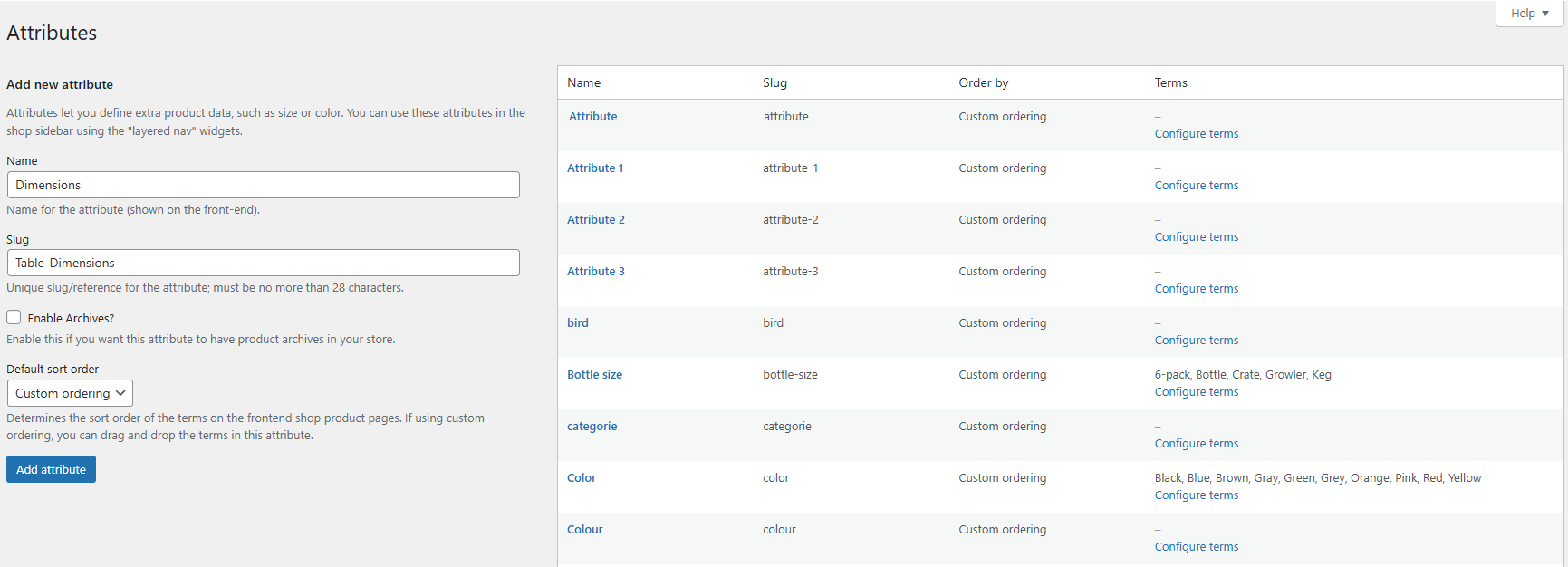
You can create new global attributes that can later be assigned to your WooCommerce products. After adding a new global attribute, you can add custom attribute options using the Configure terms button.
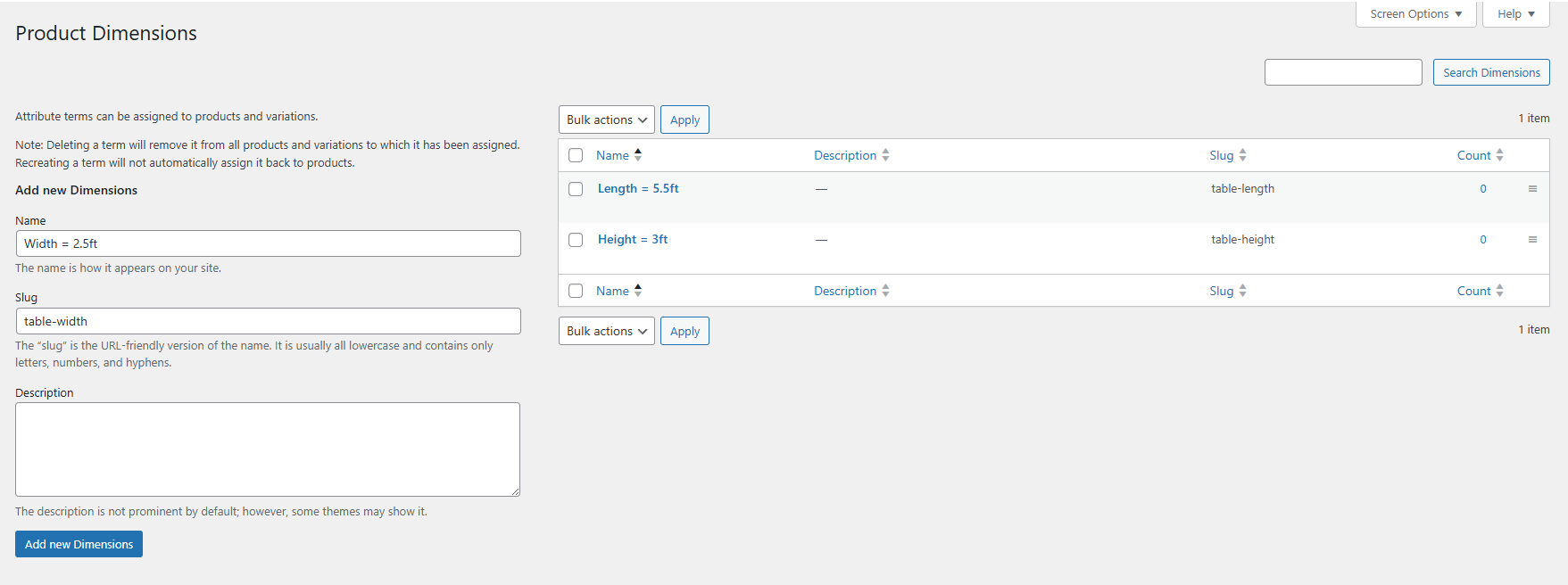
Specify each attribute option and add a short description for each product attribute.
Step #2: Assigning Attributes to Products
With global attributes set up on your WooCommerce site, you can quickly start adding attributes to your products. Simply navigate to Products → All Products and select the product you want to edit.
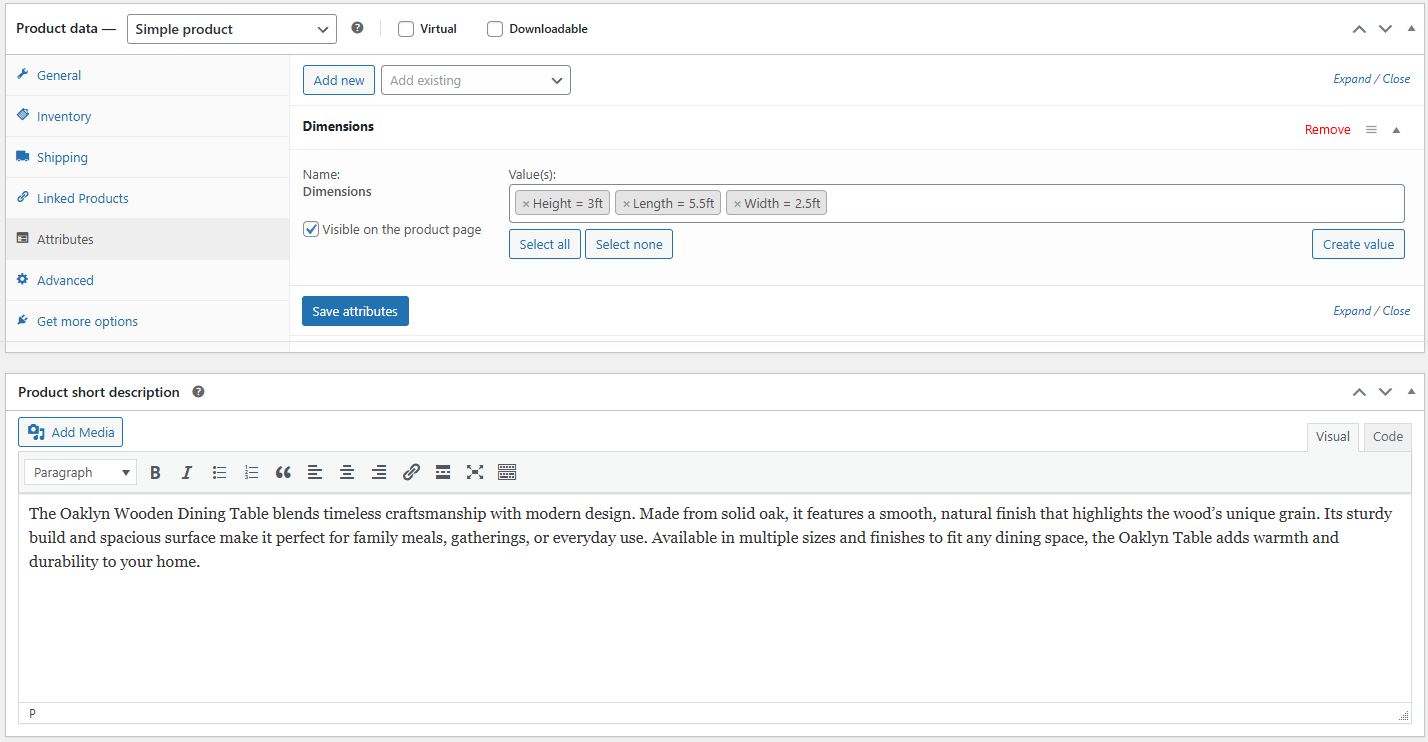
From the Product data tab, you can select the global attributes we just created using the Attributes section under the Add existing dropdown menu.
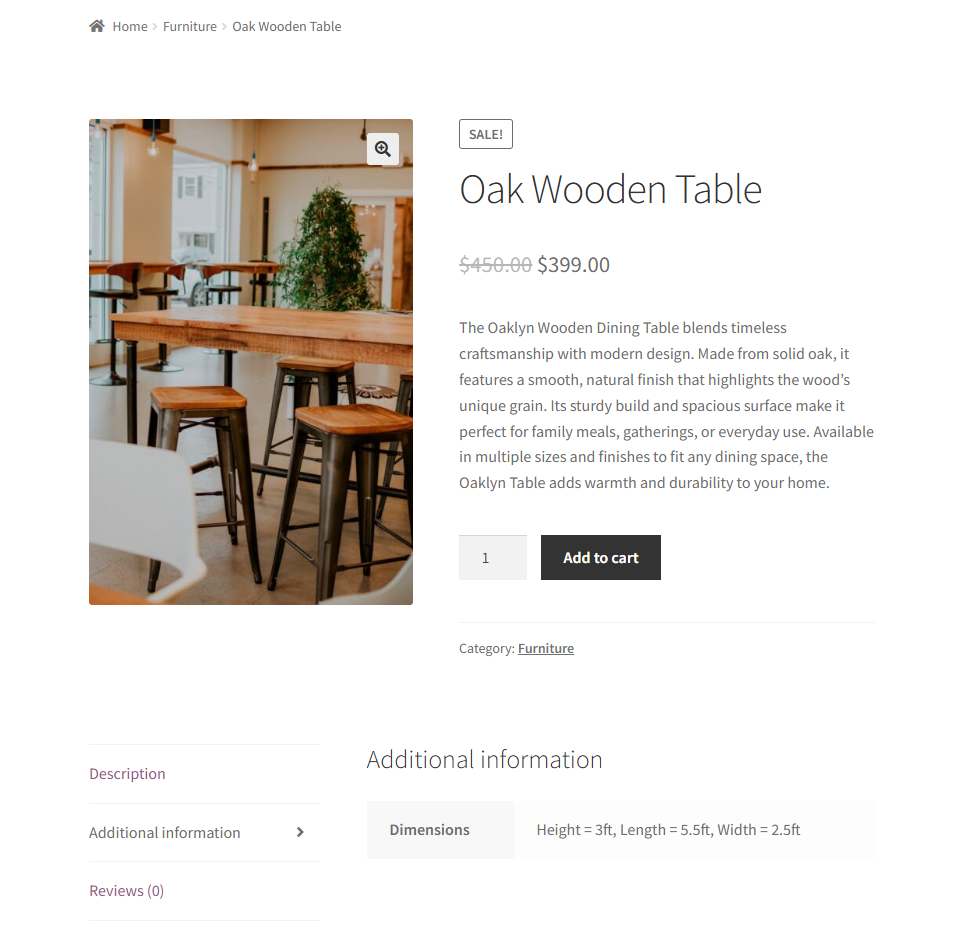
Step #3: Using Attributes for Variations
WooCommerce also lets you use attributes for product variations. Here’s how:
Navigate to the product you want to add variations to using WooCommerce attributes.

Add global attributes to your variable product and select the Used for variations checkbox. Click on the Save Attributes button to continue. Next, click on the Variations tab and then the Generate variations button to let WooCommerce automatically add variations for your products using the global attributes you selected.

Make sure you add prices and all relevant details to your product variations before clicking the Update button.
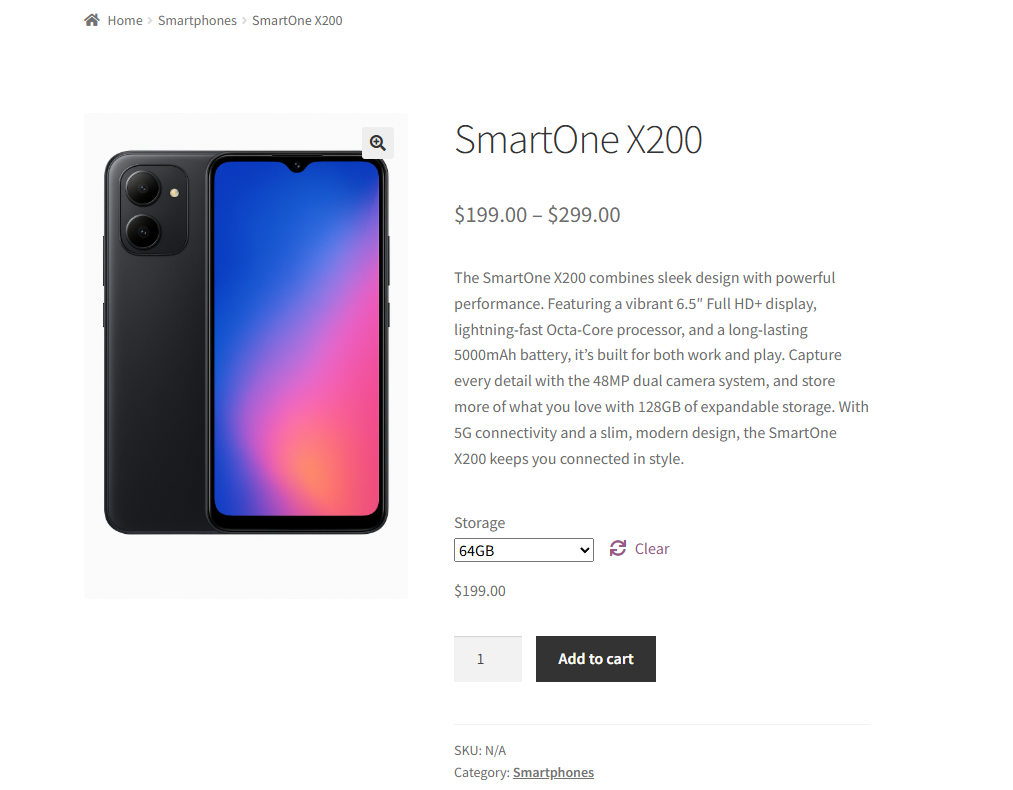
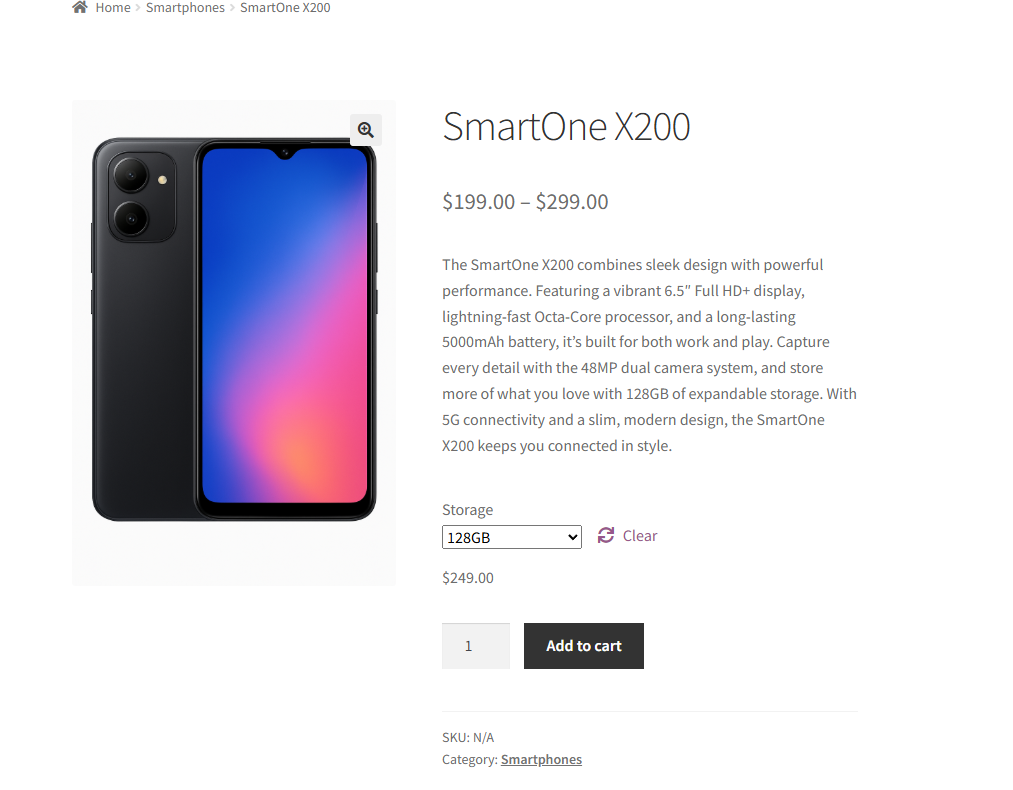
Step #4: Filtering by Attributes in Shop Pages
You can also use WooCommerce attributes to let buyers filter products on your shop pages. To do this, navigate to Appearance → Widgets and click on the “+” button to add new widgets to any part of your WooCommerce site.
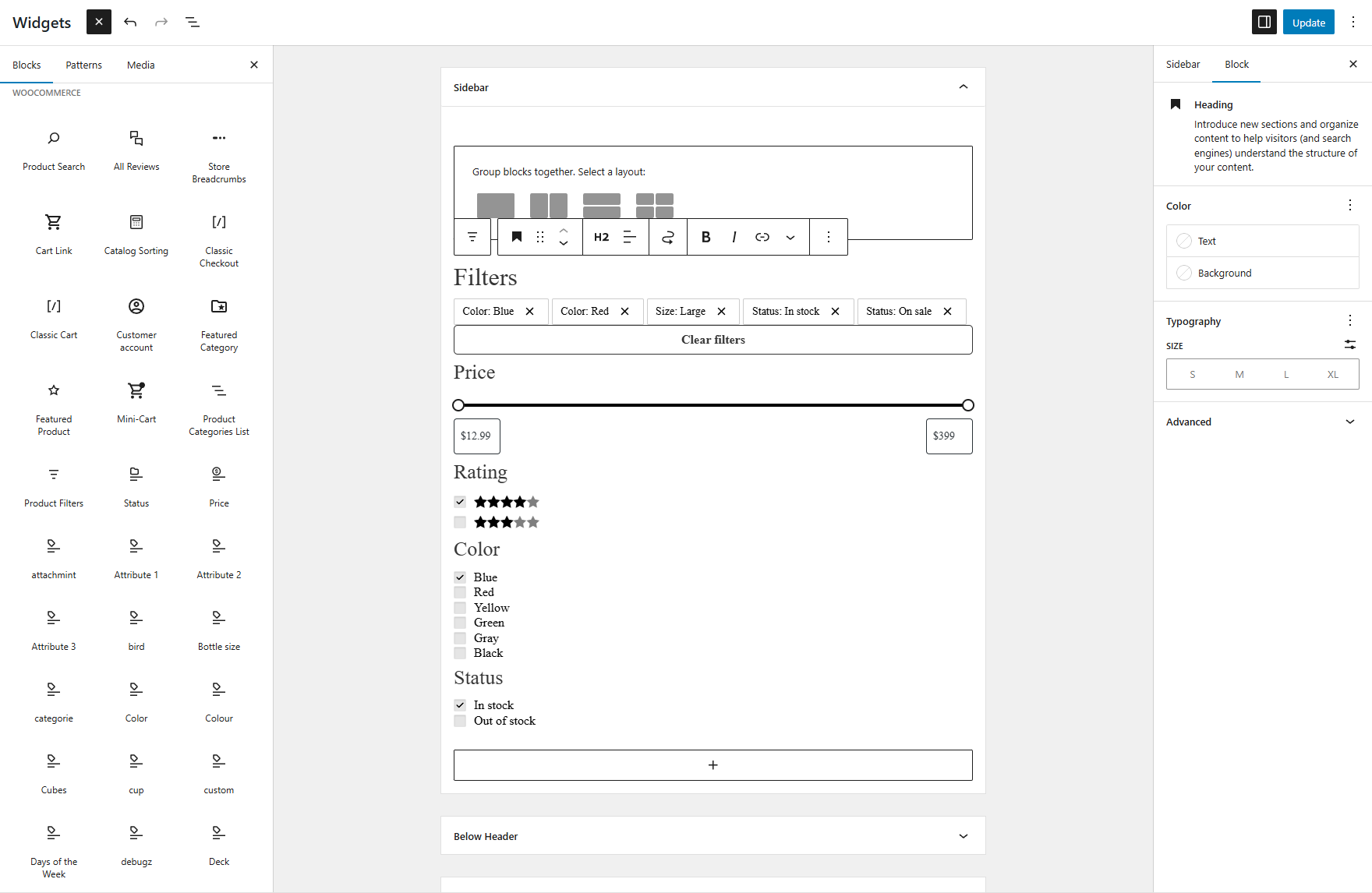
Select the Product Filters widget from the list and click the Update button.
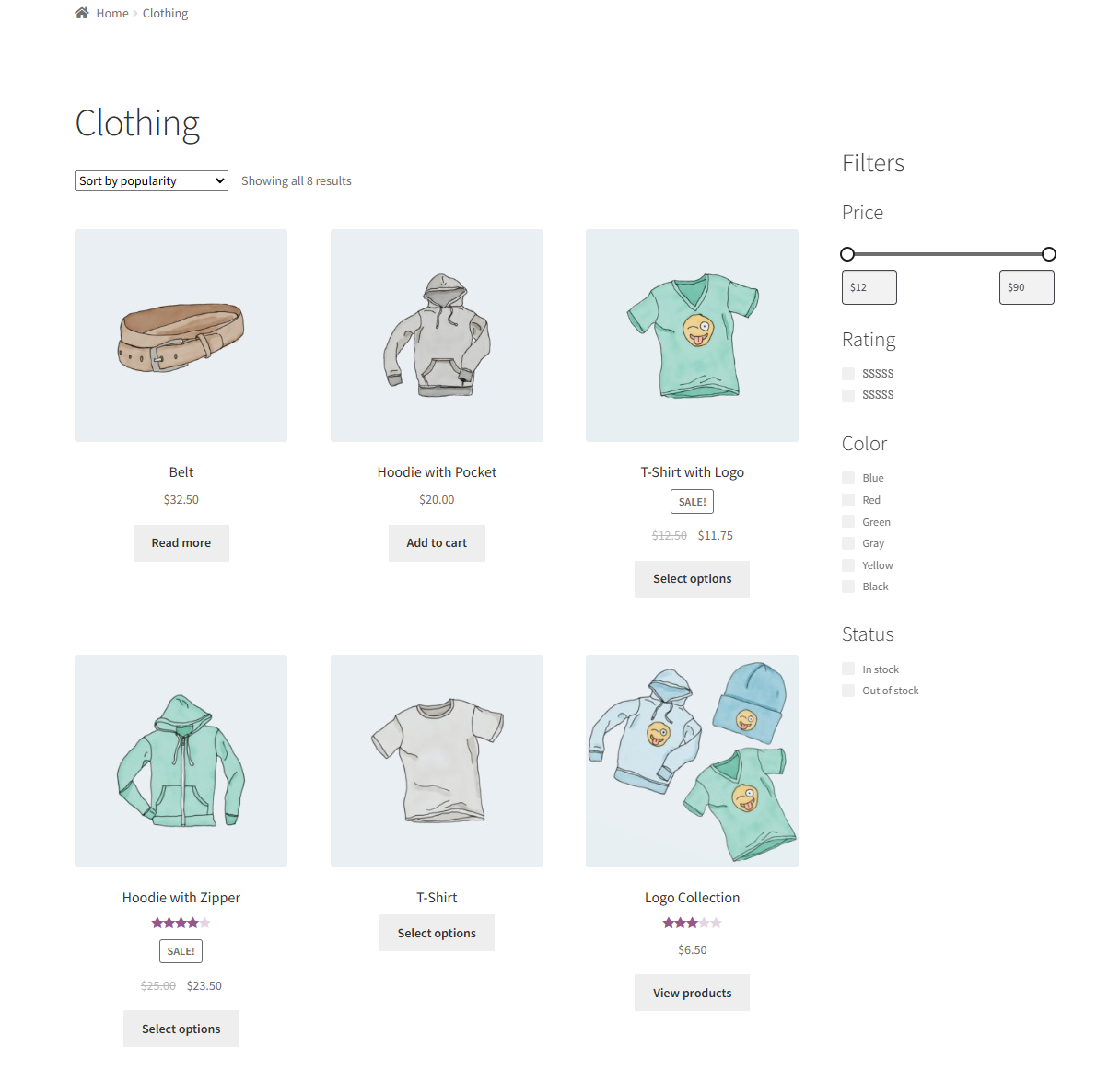
Enhancing UX with Blocksy’s Variation Swatches
While WooCommerce attributes are powerful, the default dropdown menus often feel clunky, especially when customers are choosing colors, sizes, or materials. This can slow down decision-making and make the shopping experience less engaging.
That’s where Blocksy’s Variation Swatches come in. Instead of plain dropdowns, attributes can be displayed as clickable buttons, color blocks, or image swatches.
For example, a clothing store can show actual fabric colors, while a furniture shop can use texture images to represent finishes, and a cosmetics store can use button swatches to present product attributes.
These enhancements not only make product selection faster and more intuitive but also elevate the overall look and feel of your WooCommerce store.
Read Next: Is WooCommerce a Good Choice for E-commerce in 2025?
Key Features of Blocksy Variation Swatches
Blocksy’s Variation Swatches transform standard WooCommerce dropdowns into interactive, visually rich selectors. Instead of relying on text-only menus, customers can choose:
- Button Swatches. Variations appear as clean, clickable buttons.
- Color Swatches. Display actual color blocks so shoppers instantly recognize their choice.
- Image Swatches. Use textures, patterns, or product-specific images for more realistic previews.
- Mixed Swatches. Combine colors and images for complex attributes.
- Tooltips on Hover. Show additional details when customers hover over swatches.
- Unique Shareable URLs. Each variation generates a direct link, perfect for sharing specific product configurations.
Together, these features enhance clarity, streamline the selection process, and make product pages more visually engaging.
Using Blocksy’s Variation Swatches creates a smoother, more enjoyable shopping journey. Customers can quickly see and select product options without scrolling through dropdowns, which speeds up decision-making and reduces frustration.
Best Practices for Using WooCommerce Product Attributes
Setting up product attributes is just the beginning. To maximize their impact, store owners should focus on consistency, usability, and customer experience.
- Keep attribute names simple and consistent. Use simple terms like Size, Color, or Material so shoppers instantly understand. Avoid switching between similar labels (e.g., “Color” vs. “Shade”), as consistency helps both catalog management and customer filtering.
- Use global attributes for reusability. Instead of recreating attributes for every item, define them once in the WooCommerce dashboard and apply them across products. For instance, a global “Size” attribute with Small, Medium, and Large works for apparel, shoes, or accessories, ensuring faster setup and uniform filters.
- Combine attributes with clear product images. Showing product images for variations like colors or materials builds trust, reduces returns, and makes selection intuitive—especially when combined with variation swatches.
- Always test attribute filters on the front-end. Confirm that attribute filters display accurate results and function smoothly.
- Use swatches for better UX (especially for fashion, home goods). Replacing dropdowns with clickable options or color blocks simplifies decisions, particularly for fashion and home goods, leading to higher customer confidence and conversions.
Final Thoughts
WooCommerce product attributes may seem like a small detail, but they play a big role in shaping the customer journey. From organizing your catalog to powering product variations and filters, attributes ensure shoppers can quickly find exactly what they need.
However, attributes are only as effective as the way they’re presented. Enhancements like Blocksy’s Variation Swatches elevate the experience, turning plain dropdowns into engaging visuals that make shopping easier and more enjoyable.
Give your customers the seamless experience they expect. Get Blocksy today!
